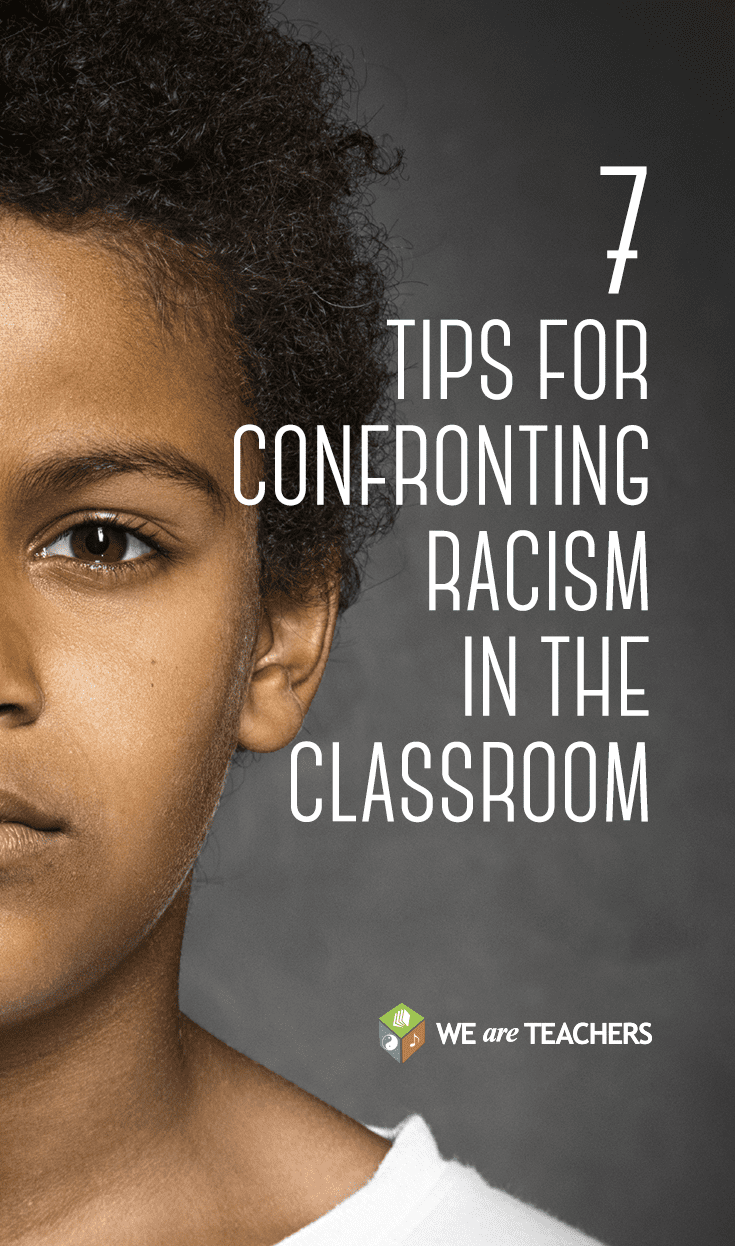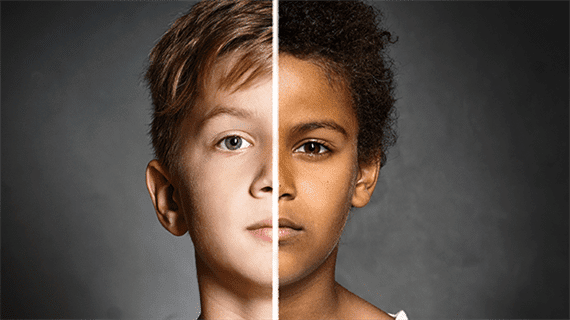What do you do when one of your students has racist beliefs? This past week, teacher Kyra wrote in to the WeAreTeachers Helpline regarding this issue. “One of my students told me the other day that she’s the only American in our classroom because she is the only white student in the class,” she wrote. “I tried to explain to her that everyone in the class is an American regardless of race or cultural background, but she refused to believe anything I said. How should I handle this?”
That’s a tough one, Kyra. When a child has deeply held beliefs about identity, those can be hard to overcome. Here’s what teachers had to say.
Get historical. Almost every American has roots in another country; have her explore her own. “Have her research pre-Columbian Americans, and then do her family’s genealogy.” —Jo T.
“Point out to her that all Americans came from somewhere to settle in America, so by her logic, no one in the classroom would be American.” —Matt L.
Keep it simple. … “Just say in class, if you are born here or gained citizenship in another way, you are an American. Period.” —Wendy K.
… if you can. “I could see where the question of ‘who’s American?’ could be confusing. I am adopted from Korea, and was born there, and yet I’m American.” —Andrew B.
Be open to answering specific questions concerning the nuances of nationality.
Don’t be afraid to have the discussion. Get comfortable talking about the tough stuff; don’t skirt the topic. “I teach Spanish, and I have conversations all the time about race and ethnicity. Honestly, sometimes the kids just don’t understand the nuances of our identities, and it’s important to talk about it clearly and openly.’” —Jenny N.
“It sounds like she has nationality confused with ethnicity. Don’t jump to the conclusion that she’s racist. Just explain it to her.” —Tuesday D.
Make it a teachable moment. “I love showing students the PBS documentary A Class Divided, about a teacher from Iowa who taught her students about racism through an interactive experiment.” —Nina B.
“Have each student say how he or she identifies him- or herself in the classroom.” —Jamie C.
Remember that above all, we’re there to educate the children.
Work with what they know. Go with concrete examples instead of more abstract ideas of identity. “Ask the students to name some famous Americans. They are bound to name some with worldly backgrounds. When they do, tie it in!” —Marc M.
Share your own stories that illustrate the complexities of identity. “My father was born in Africa, so even though I’m white, I’m technically African-American. Identities can be very complex.” —Jessica R.
Teachers, what other advice would you give to Kyra on this subject?


